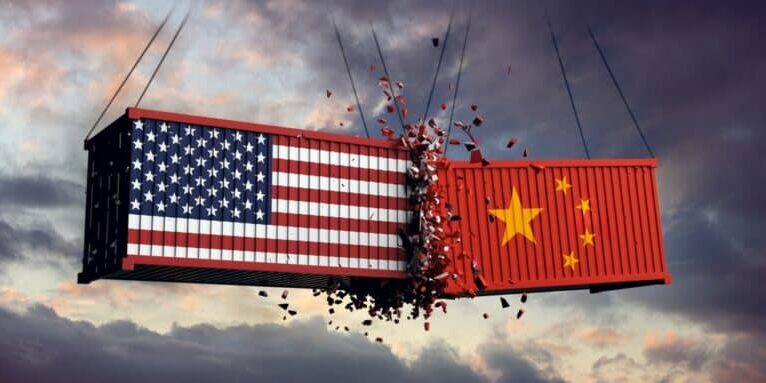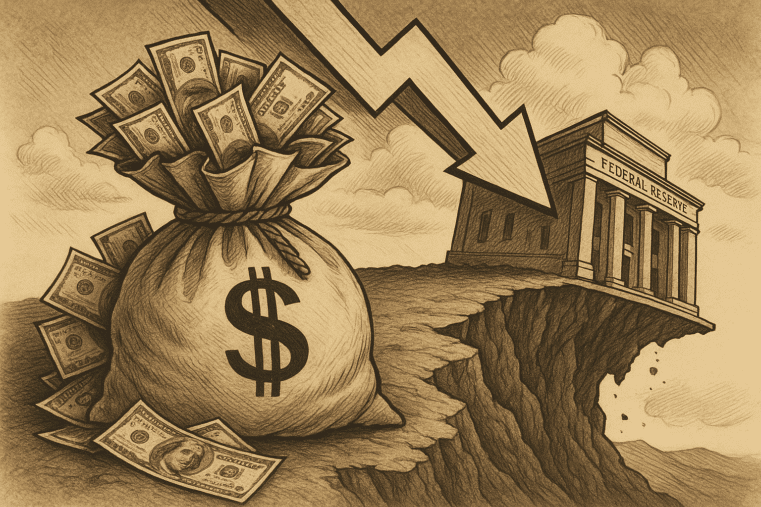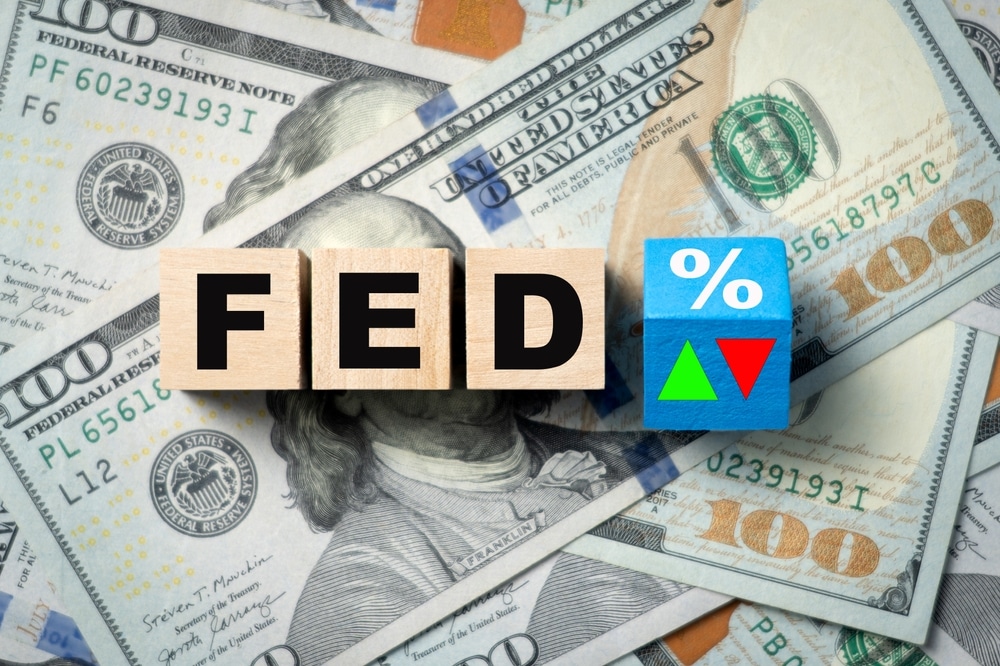
The China Shock Has Arrived — Prepare for Price Chaos, Supply Disruptions, and Crisis Management
We’ve crossed the Rubicon. U.S.–China relations have just plunged into a merciless spiral, and the fallout won’t just rattle stock tickers — it will hit your wallet, your access to electronics, and your ability to plan for the next few years.
Last Friday, markets puked after President Trump announced that China’s newly minted restrictions on rare‑earth exports would be met with “a massive increase” in tariffs on Chinese imports. The proposed tariff rates—if they breach 100 percent—would effectively shut the door on many Chinese imports. The result? Fewer goods. Much higher prices. Supply-chain gridlock that hurts everyone, but especially you and me.
The weird thing is: we’ve watched this play out before. The difference is, this time the choke point is strategic materials—rare earths—fundamental to tech, defense, and clean energy.
The Rare Earth Gambit — China’s Strategic Weapon
China isn’t just reacting; it’s recalibrating global leverage. It already dominates key links in the rare-earth chain: roughly 70 percent of global supply and 90 percent of processing — making it king of refinement and magnet production.
The new Chinese rules demand that even items containing minute traces of Chinese-sourced rare earths must pass through government export licensing. Using Chinese processing, smelting, magnet tech — it all falls under scrutiny. For military use, exports are expected to be denied.
These restrictions aren't mere bureaucratic headaches — they are a calculated chokehold. Even if China doesn’t impose a blanket ban, the licensing regime will jam flows, introduce unpredictability, and give Beijing discretion to weaponize supply access. (Yes, this feels a lot like what an energy cartel would do—only this one trades in magnets, not oil.)
The U.S. is highly exposed. According to CSIS, the U.S. currently lacks heavy rare-earth separation capabilities. Domestic efforts are underway, but the gap is massive.
So when Trump indicates he’ll respond with titanic tariff hikes, this is not rhetorical bluster—it’s escalation.
Market Fallout: Shock to the System
Within hours, the Dow plunged nearly 900 points. Nasdaq and tech stocks were hammered. The message was loud: the markets knew what just derailed.
Consumer goods, electronics, auto parts, renewable energy components — they all depend on rare earths and their derivatives. When supply gets choked, costs get transferred. A $1.25 trinket at Dollar Tree becomes $1.75. But that’s just the tip of the iceberg.
Already, thousands of U.S.-bound packages are stuck at customs or in limbo across UPS hubs, caught in new, unpredictable procedural backlogs. Some shipments reportedly are even being “disposed of.”
Farmers are taking a beating too. China, once a big soybean buyer, has tacitly throttled purchases. America’s breadbasket is facing its worst downturn in decades.
Trade is freezing. Global flows are jittery. Confidence is evaporating. The deeper danger is this: trade wars morph into kinetic conflict when national pride, resource control, and existential stakes collide.
Understanding China’s Calculus
Why would China gamble this way? Because they recognize structural leverage — and they understand the West’s dependence on their output.
- Strategic leverage: Controlling rare earth output isn’t just economics — it’s warfare by other means.
- Retaliation and symmetry: The U.S. has already blacklisted Chinese firms, imposed widespread tariffs, and taxed Chinese shipping. Beijing sees this as an asymmetric battlefield.
- Supply‑chain jujitsu: The Chinese calculus isn’t “ban everything”—it’s “slow bleed everything.”
- Global rebalancing: If China can force nations to comply or align with its rules in exchange for access, it expands its geopolitical grip.
Beijing is signaling: “You want to crack down on us? We will weaponize the core inputs of your future industries.”
How Deep Does the Vulnerability Go?
Pretty damn deep.
- In many advanced industries — defense systems, EV motors, semiconductor tools — even trace amounts of restricted elements trigger new scrutiny.
- The U.S. currently processes almost none of the world’s heavy rare earths. If Chinese supply is cut or delayed, bottlenecks will choke production across multiple sectors.
- Any alternative supply chain (Australia, Brazil, Malaysia) is nascent and cannot scale fast enough to meet demand.
- The timing is critical. China’s rules go into full effect December 1. The U.S. has threatened to begin imposing its own measures around November 1. Markets will be operating in a vacuum of clarity.
What You Need to Do Right Now
This is not a time to act like a bystander.
- Buy now what you’ll need later. If you're planning a purchase of electronics, EVs, or machinery, accelerate it. Once tariffs and supply shock hit, lead times will balloon.
- Diversify your supply exposure. Don’t rely purely on big‑box supply chains. Explore local sellers, smaller vendors, and less globally dependent sources.
- Stockpile strategic components. Capacitors, magnets, microcontrollers — all of them could disappear long before you know it.
- Watch policy developments like a hawk. Tariff thresholds, licensing regimes, exemptions — they’ll define who survives. (Don’t expect clear signals.)
- Prepare for price inflation in everything. food, energy, electronics, vehicles. The shockwaves will cascade.
The Bigger Picture — This Is Not a Trade Dispute, It’s a Systemic War
This is no longer about trade deficits or treaties. It’s about whether Western civilization can sustain technological sovereignty — or become hostage to resource cartel politics.
China just tested how vulnerable the modern world is. And the answer is: we are very vulnerable.
If this spiral continues — and unless cooler heads climb control of the machinery — we’ll see cascading defaults, supply-grid failures, and mass panic in sectors that thought themselves impregnable.
Brace yourself. We’re entering the danger zone.
And for your survival blueprint, you know where to turn.
Call to Action: Download Seven Steps to Protect Yourself from Bank Failure by Bill Brocius — full guide to safeguarding your capital, wealth, and autonomy when the system starts unravelling.











